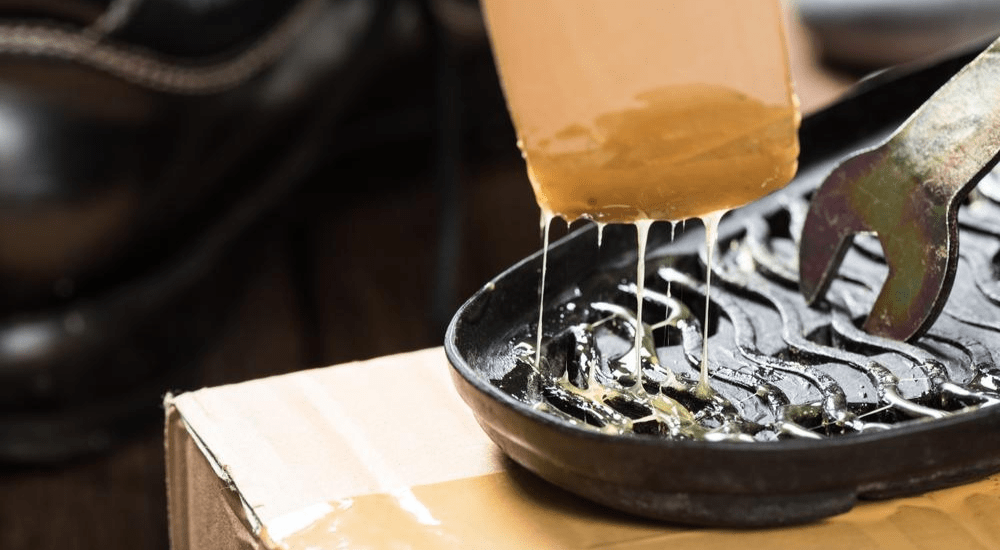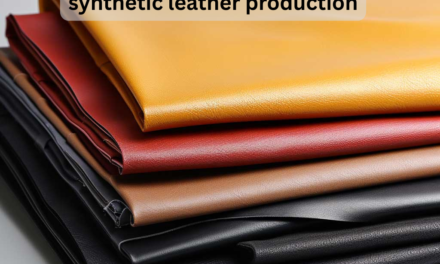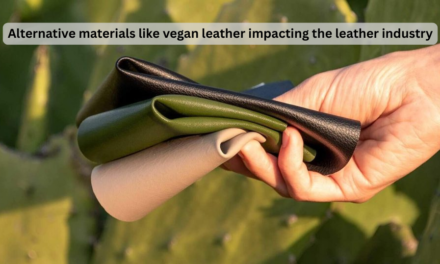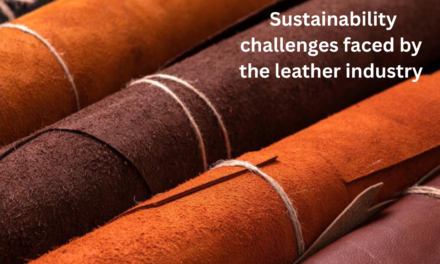Adhesives play a crucial role in shoe manufacturing and significantly impact the durability, flexibility, and performance of the footwear. The type and quality of adhesive used, along with proper application techniques, determine how well the shoe components bond together and how long they last. Here’s a breakdown of how adhesives affect durability in shoe manufacturing:
1. Adhesive Types and Their Impact
Different adhesives are chosen based on the material properties and the function of the shoe. Each type contributes differently to durability:
a. Polyurethane (PU) Adhesives
- Characteristics: Strong, flexible, and resistant to wear and water.
- Applications: Used for bonding soles, particularly in athletic and outdoor footwear.
- Durability Impact:
- High resistance to environmental conditions (heat, moisture).
- Excellent for shoes exposed to rigorous use, such as hiking boots and sports shoes.
b. Rubber-Based Adhesives
- Characteristics: Elastic and water-resistant.
- Applications: Often used for attaching rubber soles or repairing shoes.
- Durability Impact:
- Good for casual and everyday footwear.
- May degrade under prolonged exposure to extreme temperatures or solvents.
c. Contact Cement
- Characteristics: Immediate, strong bond after curing.
- Applications: Commonly used for bonding upper materials to soles.
- Durability Impact:
- Reliable in most conditions if properly applied.
- Susceptible to weakening if exposed to repeated flexing or moisture without reinforcement.
d. Hot Melt Adhesives
- Characteristics: Quick-setting and cost-effective.
- Applications: Used for lightweight or low-cost footwear.
- Durability Impact:
- Less durable compared to PU or rubber adhesives.
- Prone to failure under high temperatures or heavy use.
e. Cyanoacrylate (Super Glue)
- Characteristics: Creates a rigid and fast bond.
- Applications: Typically used for minor repairs, not large-scale manufacturing.
- Durability Impact:
- Bonds may become brittle over time, especially with flexing.
2. Bond Strength
The adhesive’s bond strength directly affects how well the shoe withstands stress and wear:
- Peel Strength: Essential for securing the sole to the upper. A high peel strength ensures that the bond remains intact even under repeated flexing.
- Shear Strength: Critical for resisting lateral forces, such as twisting or shifting during movement.
3. Material Compatibility
- Proper Adhesive Selection: Choosing the right adhesive for specific materials (e.g., leather, synthetic, rubber) ensures a durable bond.
- Mismatch Issues: Using incompatible adhesives can lead to weak bonds, causing premature detachment of shoe components.
4. Environmental Resistance
Adhesives affect how well shoes hold up under different conditions:
- Heat and Cold: Durable adhesives like PU maintain integrity across temperature extremes, while others may soften or harden.
- Moisture Resistance: Adhesives with water-resistant properties (e.g., rubber-based, PU) prevent delamination in wet conditions.
- UV Resistance: Exposure to sunlight can degrade some adhesives, reducing durability.
5. Flexibility and Wear
Shoes experience constant flexing during use, especially at stress points like the toe and heel:
- Flexible Adhesives: Materials like PU and rubber-based adhesives are designed to flex without cracking, enhancing the shoe’s lifespan.
- Rigid Adhesives: Rigid bonds may crack or fail over time, especially in areas requiring movement.
6. Application Techniques
- Proper Adhesive Application: Ensures consistent bonding across surfaces, preventing weak spots.
- Curing Process:
- Pressure and Heat: Many adhesives require precise pressure and heat during curing for optimal strength.
- Drying Time: Insufficient curing can result in weak bonds that compromise durability.
7. Multi-Layer Bonding
In complex shoe constructions, adhesives are used in multiple layers (e.g., between the insole, midsole, and outsole):
- Durability Enhancement: Layering with strong adhesives reduces the risk of delamination.
- Potential Weak Points: Poor adhesive choice or application in any layer can lead to premature failure.
8. Maintenance and Repairs
- Reinforcement: High-quality adhesives used in manufacturing facilitate easier repairs, extending the shoe’s life.
- Reapplication: Durable adhesives allow for re-bonding without complete degradation of materials.
Conclusion
Adhesives are critical to shoe durability, providing the necessary strength, flexibility, and resistance to wear and environmental factors. Selecting the right adhesive and ensuring proper application techniques enhance the longevity and performance of the footwear, making it reliable under various conditions.
Hashtags
#ShoeAdhesiveDurability #FootwearManufacturing #AdhesivesInShoes #DurableFootwearDesign #ShoeCraftsmanship #AdhesiveTechnology #QualityFootwear #ShoeProductionInsights #StrongShoeBonds #FootwearInnovation







